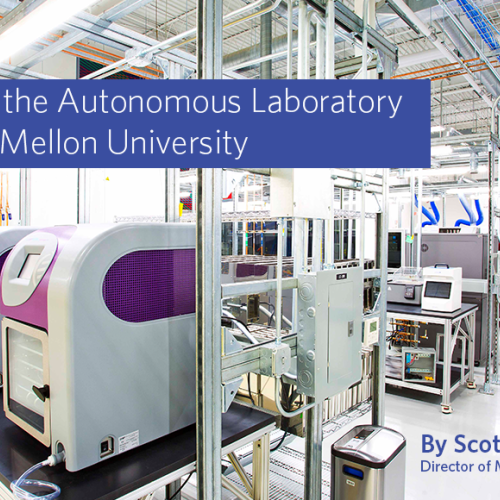Blog
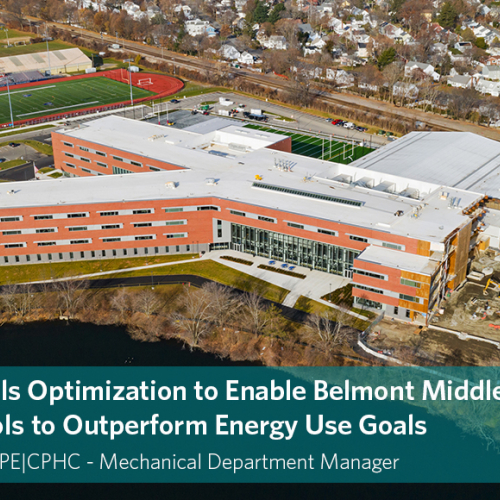
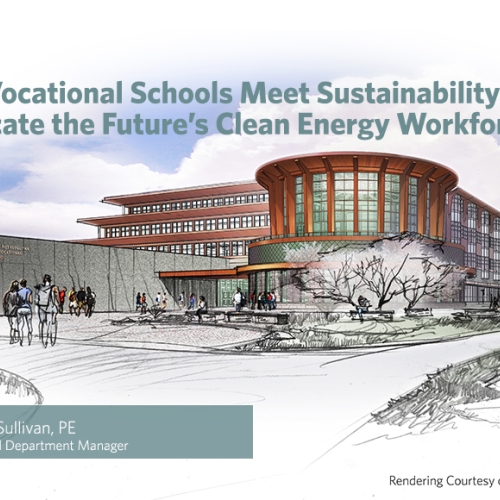
All-Electric Vocational High Schools Meet Sustainability Goals and Educate the Future's Clean Energy Workforce
Massachusetts Lieutenant Governor, Kim Driscoll, announced that the state is awarding $18 Million to drive the development of an equitable clean energy workforce. Vocational high schools will be a core source for training this labor force. Additionally, aggressive Net Zero 2050 goals are also being implemented across the state.
Recognizing these factors in Wakefield, MA has led to an alliance between the Wakefield Municipal Gas & Light Department (WMGLD) and local education departments in… Read More
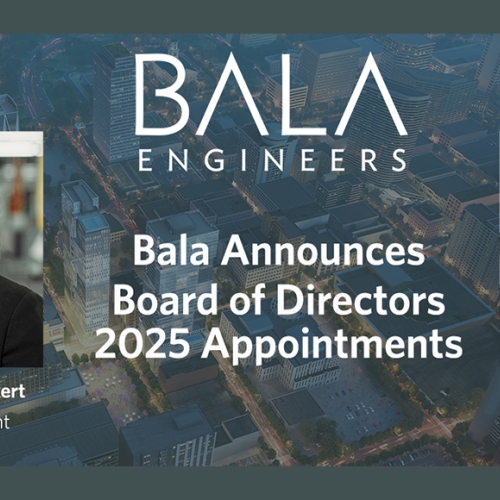
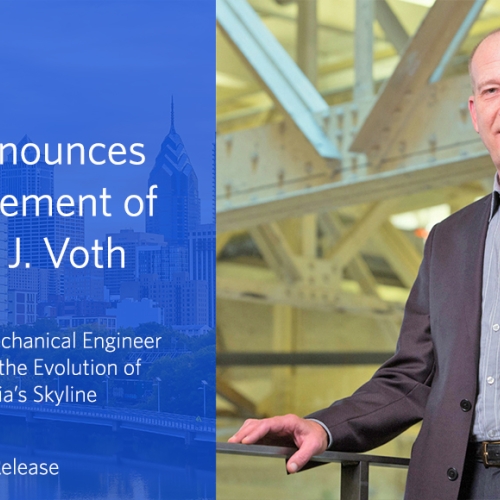
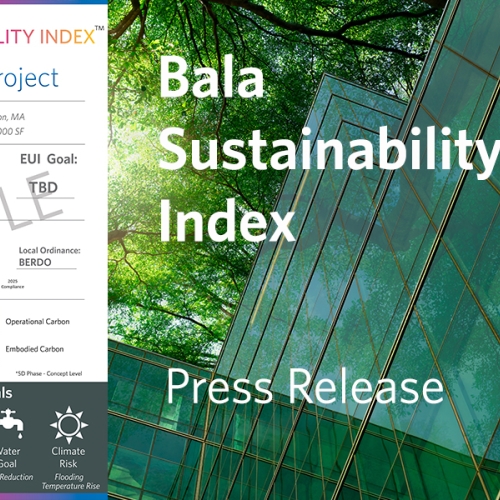
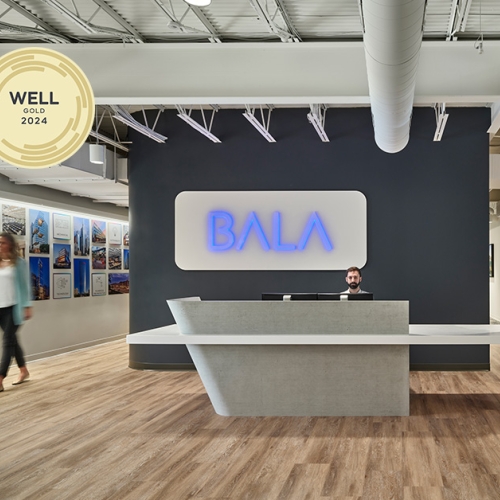
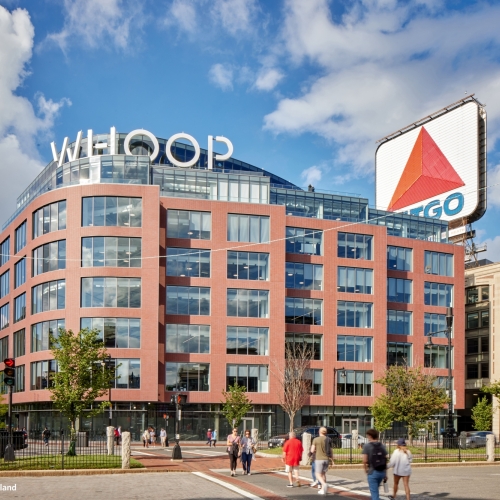
WHOOP Headquarters - A Delicate Balancing Act : Engineering Complex Structural Support for a Four-Story Open Stairwell
Technology continues to be the medium of change for our modern, fast-paced world. Nothing exhibits this more than the new WHOOP Incorporated headquarters located in Boston, Massachusetts. WHOOP chose an 8-story building overlooking Commonwealth Avenue, just a stone’s throw from Fenway Park, to house their headquarters. As a brand focused on technology, health/fitness, education and sports, the location was ideal. WHOOP selected Studios Architecture and Bala to bring their vision for a sleek,… Read More
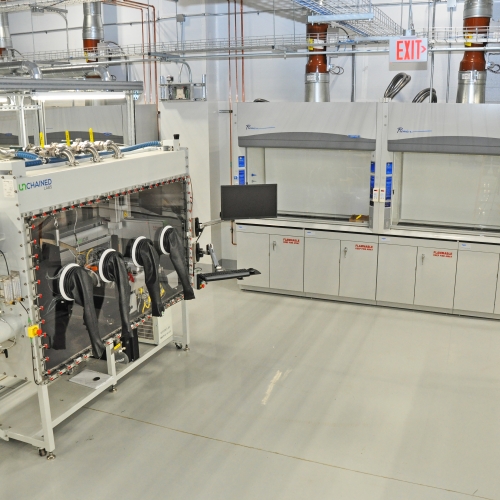
3 Key Considerations When Converting a Warehouse to a Laboratory - Published by Building Design + Construction
CLICK HERE TO VIEW ARTICLE on BD+C - https://www.bdcnetwork.com/3-key-considerations-when-converting-warehouse-laboratory
Much has been made lately about converting vacant office space to laboratory use. However, with growing inventory in warehouse space as the distribution center market flattens, adaptive reuse of available warehouse space for life sciences applications is a concept that is coming to the fore. While it is not a simple conversion, it is easier than office space. This… Read More
